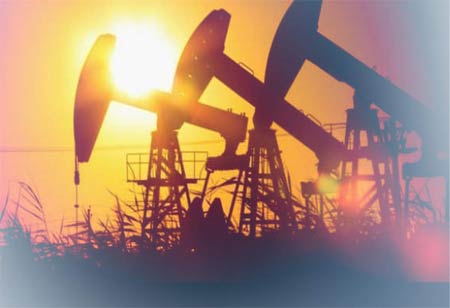Thank you for Subscribing to Energy Business Review Weekly Brief
European Advancements in Power Transmission Technology
Europe is advancing technology to meet rising electricity demands and transition to renewable energy sources, focusing on advanced conductors, smart grids, insulation, and power electronics

By
Energy Business Review | Wednesday, August 28, 2024
Stay ahead of the industry with exclusive feature stories on the top companies, expert insights and the latest news delivered straight to your inbox. Subscribe today.
Europe is advancing technology to meet rising electricity demands and transition to renewable energy sources, focusing on advanced conductors, smart grids, insulation, and power electronics.
FREMONT CA: The growing demand for electricity and the global transition to renewable energy sources have placed considerable pressure on existing power grids. To address these challenges, researchers and engineers are actively exploring innovative technologies designed to minimise energy losses during transmission and improve the overall efficiency of power systems. Europe, a leader in technological advancements, has become a focal point for these innovations.
Before exploring innovations in power transmission, it is crucial to comprehend the system's primary causes of energy loss. These losses are typically categorised into three main types. The first is Ohmic losses, which result from the resistance of conductors and manifest as electrical energy being converted into heat. The second type, dielectric losses, occur in insulating materials like transformer oil and cable insulation due to the movement of electric charges. Lastly, corona losses arise when the electric field around a conductor becomes strong enough to ionise the surrounding air, leading to energy dissipation.
To mitigate these energy losses, several technological innovations have been developed. One key area of advancement is in the use of advanced conductors. High-temperature superconductors (HTS), for instance, offer zero resistance at very low temperatures, significantly reducing ohmic losses. Although their practical application remains challenging due to the need for cryogenic cooling, ongoing research is making considerable progress. Composite conductors are also being utilised, which combine different materials to optimise electrical and mechanical properties. An example is aluminum-core conductors with a steel outer layer, which enhance strength while reducing weight.
Smart grid technologies also play a crucial role in reducing energy loss. Real-time monitoring and control systems, supported by advanced sensors and communication networks, enable efficient power flow management and quick identification of losses. Demand response initiatives further contribute by incentivising consumers to reduce electricity usage during peak periods, balancing the overall grid load and minimising losses.
Advancements in insulation systems are another critical innovation. Cross-Linked Polyethylene (XLPE), known for its excellent dielectric properties, is widely used in underground cables to reduce dielectric losses. Moreover, incorporating nanotechnology into insulating materials has shown promise in enhancing their performance and further reducing losses.
High-voltage direct Current (HVDC) transmission offers another solution, particularly long-distance power transmission. HVDC systems are highly efficient at transmitting power over long distances with minimal losses, making them ideal for connecting remote renewable energy sources to the grid. Multi-terminal HVDC systems, which allow for the interconnection of multiple power sources and loads, further improve grid stability and reduce losses.
Advancements in power electronics also benefit renewable energy integration. Devices such as inverters and converters are essential for incorporating renewable sources like solar and wind into the grid. These technologies help optimise power flow and reduce energy losses.
Europe has been at the forefront of these technological advancements, with numerous research projects and initiatives to improve power transmission efficiency. For example, the European Union's Horizon Europe Program supports research and innovation in various fields, including energy, and has funded several projects focused on power transmission efficiency. The North Sea Wind Power Hub is another ambitious project that aims to develop a large-scale offshore wind farm and connect it to the European grid using HVDC technology. Additionally, the European Network of Transmission System Operators for Electricity (ENTSO-E) plays a pivotal role in coordinating electricity transmission across Europe and promoting the development of innovative technologies to enhance efficiency.
As the electricity demand continues to rise, exploring and implementing innovative solutions to reduce energy losses and enhance the efficiency of power transmission systems has become imperative. Europe's commitment to technological advancements and sustainable energy practices positions the region as a leader in addressing this critical challenge.






